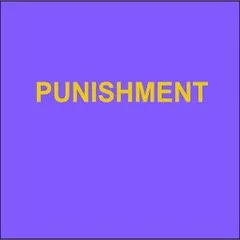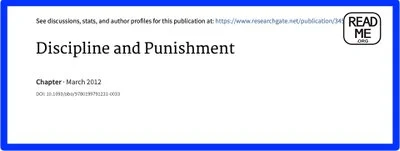By Eric Petterson
The United States of America incarcerates nearly two million people, more than any other country in the world, at a rate of 565 people per 100,000 residents.1 Just fifty years ago, the incarceration rate was ninety-seven imprisoned people per 100,000 residents in the general population.2 The rate of incarceration increased over 500% in fifty years. Many scholars and criminal justice reform advocates cited these statistics while advocating for the need to end the War on Drugs.3 The need for criminal justice reform to address mass incarceration has grown in popularity; however, many people focus on the War on Drugs to the exclusion of other issues in the criminal legal system, even though only twenty percent of the incarcerated population is incarcerated on drug charges.4 In contrast, nearly half of all people imprisoned in prisons and jails are imprisoned for violent offenses.5 Releasing all drug offenders would still not solve America’s overincarceration problem. Since four out of five incarcerated people are behind bars for non-drug related offenses, we must address how America punishes other crimes to end mass incarceration. Too often, states implementing criminal justice reforms exclude violent offenses, focusing instead on people convicted of nonserious, nonviolent, and nonsexual offenses—or “non, non, nons.”6 The staggering number of violent crime incarcerations is not due to the crime-rate, but to the overly long sentences given to people convicted of violent crimes.7 Many crimes defined as “violent” in the criminal legal system do not involve any physical harm, including purse snatching, manufacturing methamphetamine, burglary of an unoccupied dwelling, and stealing drugs.8 Yet violent offense convictions result in severe repercussions, including triggering mandatory minimums and three-strikes laws.9 Addressing “non, non, non”10 offenses is politically easier to do than addressing violent offenses, but both must be addressed to end mass incarceration. This Article will examine America’s unique use of extremely harsh and lengthy prison sentences and how these sentencing policies contributed to the rise of mass incarceration. First, this Article will examine the history of prisons and sentencing policy. It will explore how sentencing policy, “tough on crime” politics, and the mass media contributed to the rise of mass incarceration. Next, this Article will discuss how America’s overreliance on extremely lengthy sentences makes us an outlier to the rest of the world. This Article will examine the literature on incarceration and lengthy sentences, arguing that lengthy sentences are not effective because they do not effectively deter crime, do not promote public safety, do not prevent reoffending, are unnecessary because people age out of crime, and are not favored by crime victims. It will propose reducing the lengths of sentences and shortening sentences based on the good behavior of incarcerated people. Lastly, this Article will propose a political messaging framework to promote criminal justice reforms.
55 St. Mary's L.J. 475 (2024), 37p.





















